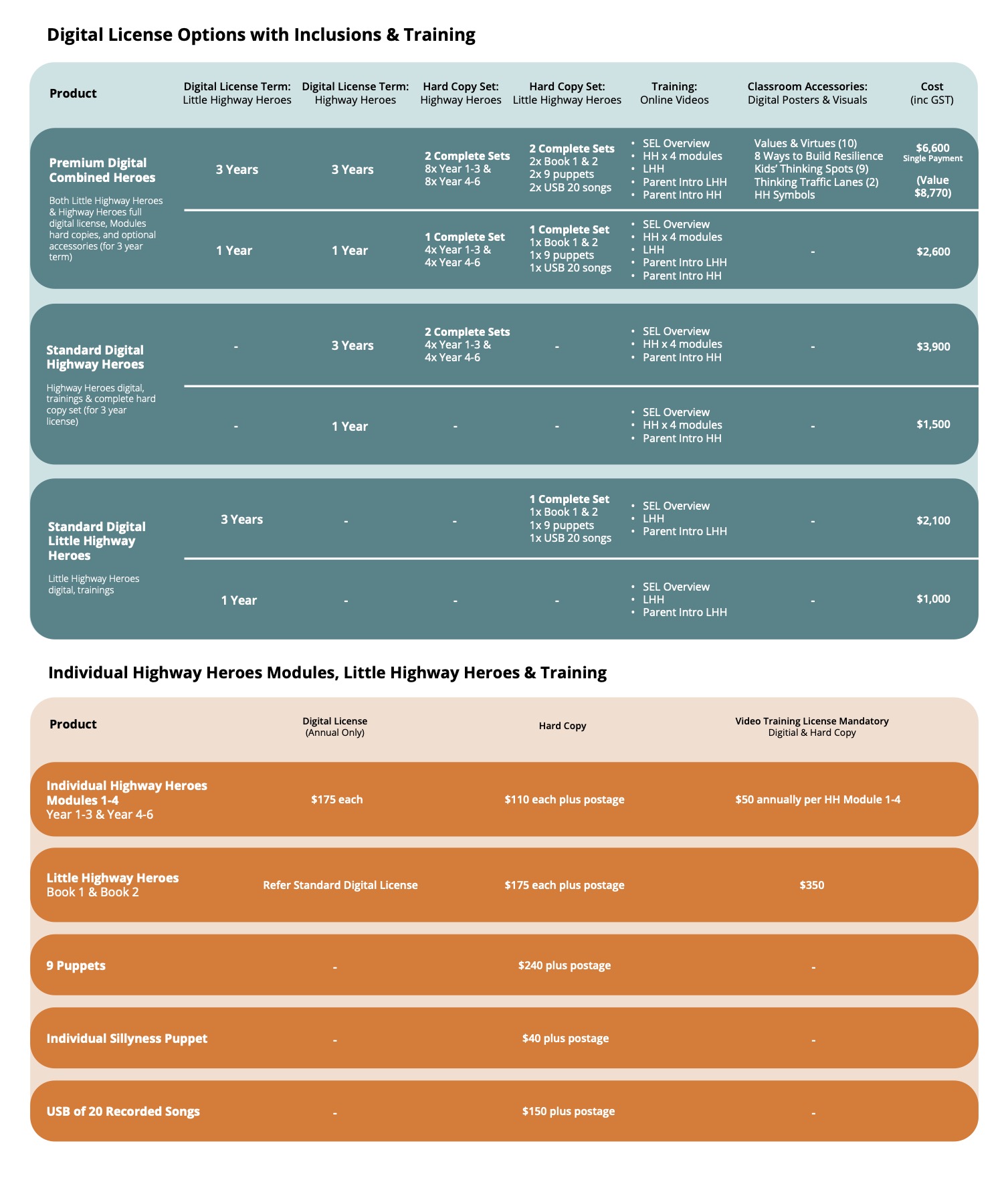Transitioning is tough – even for the child who has a full complement of social skills and is well emotionally regulated. The demands of moving from primary to high school are many – from becoming more independent in getting to and from school through to moving from class to class and having everything ready to go.
Let’s have a look at the three big areas that need attention as a child is readying to transition and when they have made the move – social, emotional and learning skills. In this blog, we’re going to explore social skills.
Primary school social profiles
Some children progress through primary school with a solid group of friends and seem to have few issues along the way. Others have a social group where there are often issues – but they still hang out more often than not. And then, for some children, the social journey through primary school is nothing short of a nightmare. They’re often excluded and struggle to fit in. If they do, acceptance is fleeting and often conditional. Being the parent of that child is emotionally painful as you wait, each day, to hear that your child has had a good day and found someone to play with.
Whatever their social profile, over the many years of primary school, a child is forming a picture of themselves socially. That may be a picture of confidence – usually included without too much effort. It might be a picture with a little uncertainty – friendships are temperamental things which require work and are not always to be trusted. It might be a picture of self-hatred, of feeling unacceptable, unwanted and unvalued – we know that children who experience repeated bullying often have that picture of themselves.
Primary school social pictures become high school frames
Those pictures form the frame that each child will set against their high school relationship pictures. Going into high school, the confident child will naturally feel more able to form relationships and have confidence that they will, of course, be warmly accepted and welcomed into social groups. The tentative child will window shop for a while, perhaps moving from group to group, seeing who is most like them and curating those friendships with more care and attention. The child who has had ongoing social issues at primary school will most likely be a fringe dweller, anxiously waiting for – and even anticipating – the first signs of the rejection that are, in their habituated thinking, sure to come. This child is greatly at risk of social isolation and sadly, drawing the attention of the child/ren who find these likely victims with ease and extort these situations to their own social gain.
Getting out in front of the issues
What sort of child have you got and how are they forming a picture of themselves if they’re still in primary school? If you have a child who has just started high school, what’s the frame that they’ve taken with them and how are they filling in the picture? Here are 3 quick tips for helping social skills to develop and improve in the transition from primary school to high school:
Tip 1: Spend time with your child auditing their friendship skills. Make it an honest appraisal.
- What are 3 ways you would describe yourself as a friend?
- What are 3 words your friends would use to describe you?
- What are 3 friendship attributes you want to keep when you go to high school?
- What are 3 friendship attributes you’d like to change?
If your child is listing skills that are showing a deficit – get help. Like knowing how to make friends or knowing how to sort friendship issues out with ending up an emotional basket-case.
Tip 2: Actively reflect on the sorts of friends your child would like to make at high school. Here are some questions to set up that discussion:
- What are the top 3 friendship qualities that you look for?
- What qualities don’t you like in friendships?
- Do your friends, right now, have those qualities?
- Is there a difference between the friends you’ve got and the friends you’d like?
Window shopping for friends is a great idea – but only when your child knows what it is they’re looking for. If gossiping and back-stabbing others is not what they want in a friendship, right in the first weeks of high school they need to be brave enough to move on and try to hang out with a different group. It takes most children the full year of Year 7 to find their friendship groups – so there is plenty time.
Tip 3: Teach some ways to get into conversations – especially if you have a socially anxious or awkward child. This is best done through role play – something adult loathe and children love. You can read more about how to set up role plays HERE.
It’s difficult approaching a group – especially if your frame is one with a bit of social rejection in it – and confidently starting up a conversation or joining in a conversation. There’s a bit of a trick in this – most teens like to talk about themselves. So, teach the child who struggles to get into conversations to notice something about the person they’re approaching. Rather than saying, “I really love the Dockers!” say, “Looks like you’re a Dockers’ fan.” It can be as simple as noticing shoes that are new right through to something the other person has said and asking to hear more about it. It takes the pressure off the child struggling for conversation and allows the other to take the stage and claim the social spotlight. A win-win.
Social acceptance – a long and tough road
The awkward rumbling and jumbling that happens at the beginning of Year 7 as children size each other up for best-social-fit, coolness and all the other friendship factors that are important in their context, is no short process. Over the year, children will migrate between groups and it may be that taking to the library on occasion is something that most children will do as they give themselves some space to regroup and then re-engage. If this is your child – don’t panic! As long as they spend more days out in teen-social world at lunch and recess than tucked away in delightful solitude, they’re doing well.
Spending time explicitly focused on friendships – evaluating their skills, patterns and qualities and those of others as well as teaching skills is essential for a smooth transition. If you would like to know more about our upcoming online transitioning courses for kids and their families, please email us at [email protected].



2 Comments. Leave new
Thank you for these succinct and informative articles. I particularly valued “transitioning the child from year 6 to 7 “ and “Compassion Fatigue”
Thank you Linda. It’s a great pleasure to hear that.